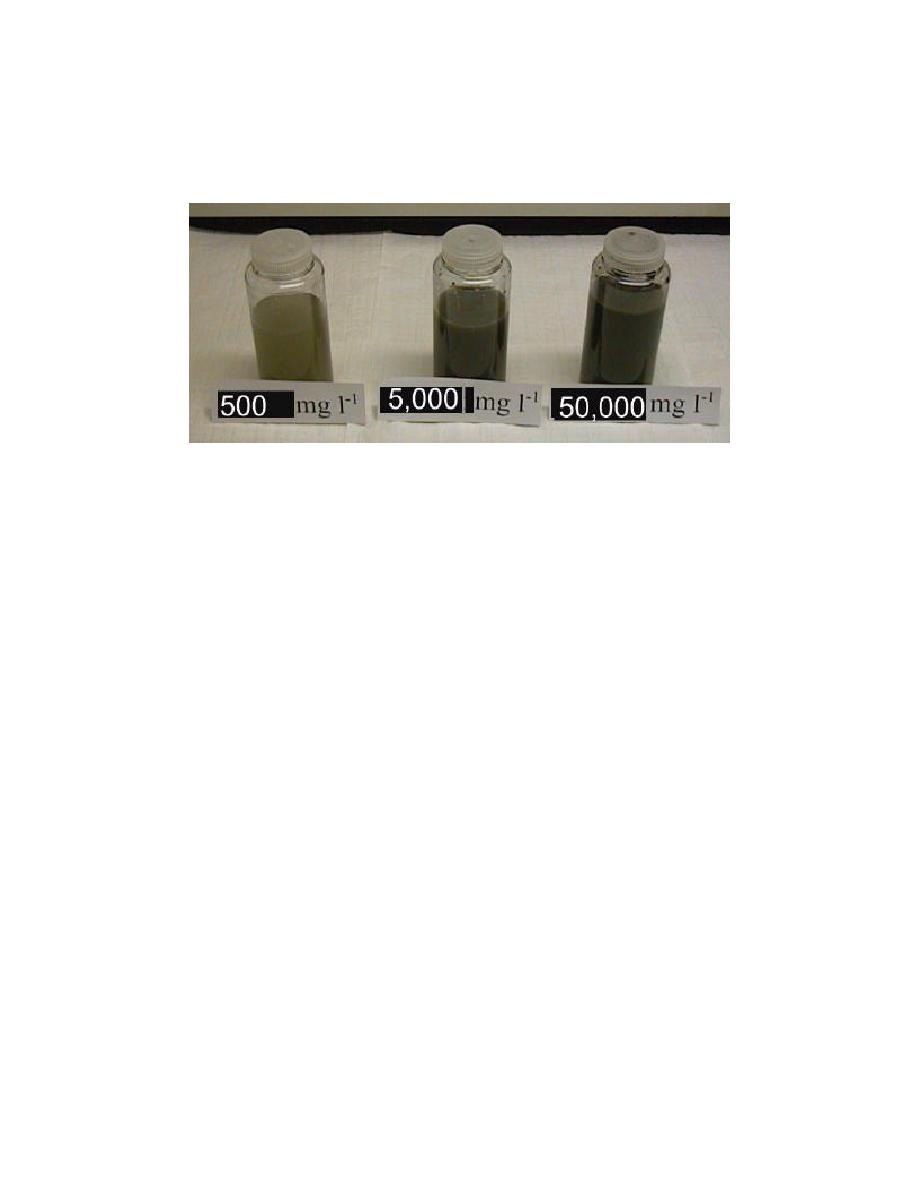 |
||
|
|
||
|
Page Title:
5.4.3 Tier III - Rainfall Simulator/Lysimeter System (RSLS) |
||
| |||||||||||||||
|
|
 elutriates or from analysis of samples of wet, dry, and oxidized sediments using a
dilution calculation. If no standards for whole water contaminants exist, the runoff
water only requires analysis of dissolved contaminants. This will be true in most
cases.
Figure 5-3. Photo of the Simplified Laboratory Runoff Procedure (SLRP)
Apparatus
Predicted dissolved contaminant concentrations based on the results of the
SLRP can be used with applicable WQS to determine if the discharge is in
compliance with the standards after consideration of mixing. The mixing zone
evaluation is made for the contaminant that would require the greatest dilution.
Detailed procedures for conducting the SLRP water quality prediction of
runoff are provided in Appendix C.
5.4.3 Tier III - Rainfall Simulator/Lysimeter System (RSLS)
The Tier III RSLS, shown in Figure 5-4, provides a quantitative evaluation of
the effects of long-term drying and oxidation of dredged material on runoff water
quality. The RSLS procedure uses a mechanical rainfall simulator that accurately
simulates the kinetic energy and drop pattern distribution of natural rainfall. Wet
dredged material is placed in a soil lysimeter and is then subjected to rainfall
simulations at a standard rainfall intensity and duration. Runoff rates are
determined and samples are collected during the runoff period for analysis of
suspended solids, total and soluble COC. The lysimeter is then covered with a
transparent, ventilated top and moved outside to allow natural drying and
oxidation processes to occur. After 6 months of drying, the rainfall simulation is
repeated on the oxidized material. Conditions of the RSLS procedure can be
modified to site-specific conditions including precipitation intensity, duration,
vegetative cover, physical disturbance, etc. to provide realistic, accurate
assessments of potential water quality problems or effects of treatments or controls
to improve water quality.
Detailed procedures for conducting the RSLS test and prediction of runoff
quality are provided in Appendix C.
5-10
Chapter 5
Surface Runoff After Disposal Operations
|
|
Privacy Statement - Press Release - Copyright Information. - Contact Us - Support Integrated Publishing |